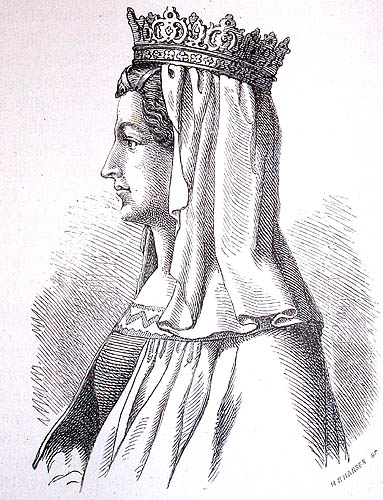CyrilVladisla
Imperial Majesty
- Joined
- Dec 2, 2013
- Messages
- 12,129
- City
- Conneaut
- Country
- United States
On this day, July 9, 1511 ~ Birth of Dorothea of Saxe-Lauenburg, Queen Consort of King Christian III of Denmark
On this day, July 9, 1511 ~ Birth of Dorothea of Saxe-Lauenburg, Queen Consort of King Christian III of Denmark
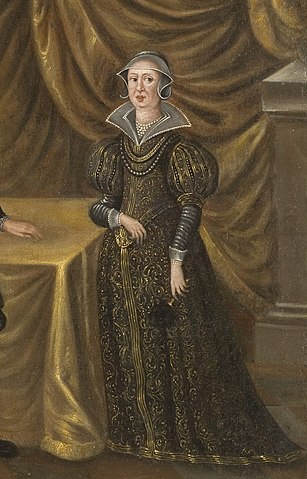
In the first half of the 1500's Lauenburg was deep inside Protestant territory.
Denmark and as such Holstein and Schleswig that are neighbors to Lauenburg became Protestant in 1536.
It must have caused tension between Catherine of Brunswick-Wolfenbüttel and her children as she adhered so fervently to the old faith.

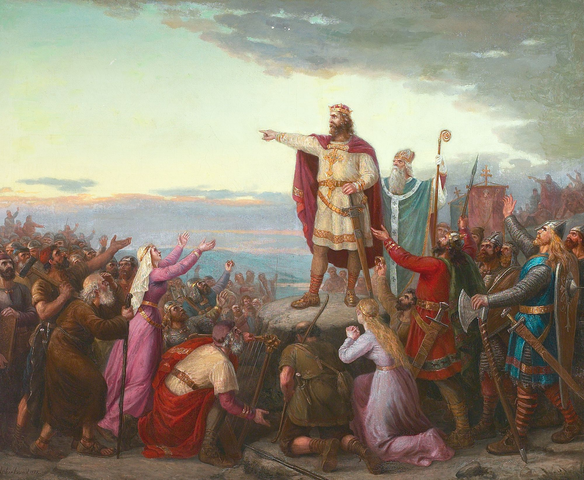
On this day, July 27, 1900 ~ Birth of Prince Knud of Denmark, son of King Christian X of Denmark










On this day, July 31, 1790 ~ The Wedding of King Frederik VI of Denmark and Marie of Hesse-Kassel at Gottorp Castle in Schleswig-Holstein
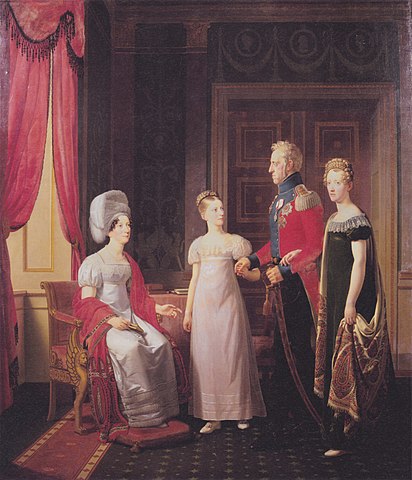
On this day, August 6, 1746 ~ Demise of King Christian VI of Denmark at Horsholm Palace in Denmark








On this day, August 25, 1699 ~ Demise of King Christian V in Copenhagen, Denmark

On this day, August 27, 1487 ~ Birth of Anna of Brandenburg, first wife of the future King Frederik I of Denmark, in Berlin, Margraviate of Brandenburg
On this day, September 7, 1817 ~ Birth of Louise of Hesse-Kassel, Queen of Denmark, wife of King Christian IX of Denmark, in Kassel, Electorate of Hesse-Kassel
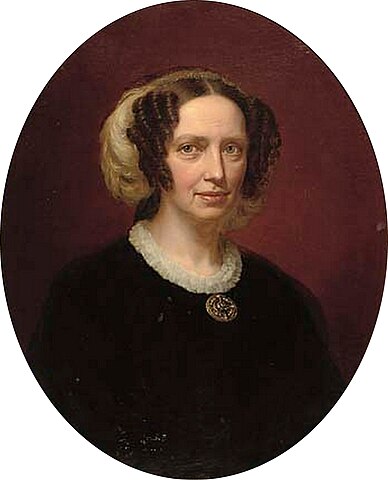
On this day 350 years ago, 12 October 1671, the first award of the Order of the Dannebrog took place at Rosenborg Castle. It happened the day after a crown prince was born, the later Frederik IV, which was an important dynastic event in the then young hereditary monarchy. (..) On the occasion of the 350th anniversary, the National History Museum at Frederiksborg Castle opens the special exhibition "The Dannebrog Order 350 years", which can be experienced from Friday 15 October until 5 April 2022.
